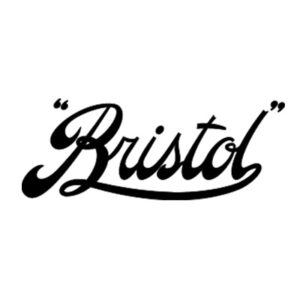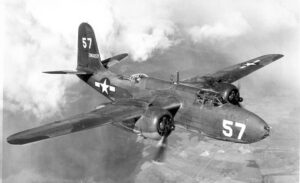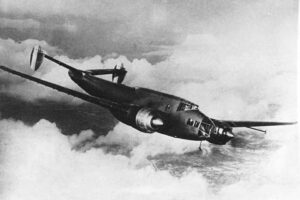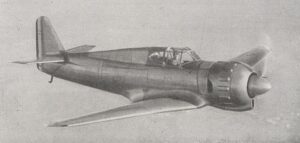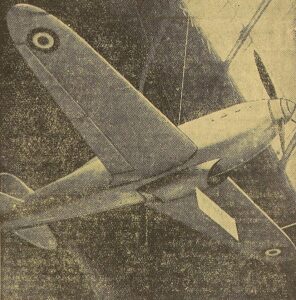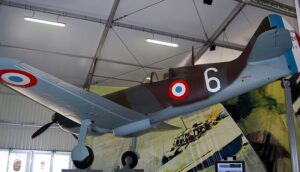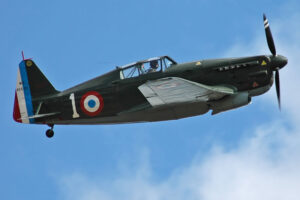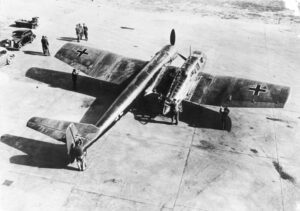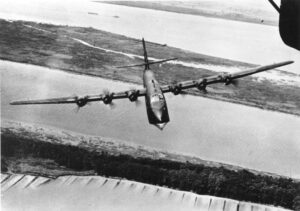Time Period: World War II
Country of Origin: United Kingdom
Type: Fighter Aircraft (Heavy, Strike)
Manufacturer: Bristol Aeroplane Company
Bristol Beaufighter Aircraft Overview
The Bristol Beaufighter is a British long-range heavy fighter aircraft that was designed and built by the Bristol Aeroplane Company during World War II. It was developed from the Bristol Beaufort bomber and was primarily used by the Royal Air Force (RAF) for night-time operations, including ground attack and anti-shipping missions.
The Beaufighter was powered by two Bristol Hercules radial engines and had a top speed of around 330 miles per hour. It was heavily armed, with up to six .303 Browning machine guns and four 20mm Hispano Mk II cannon. It could also carry bombs, rockets, or torpedoes for attacking ground or naval targets.
One of the most notable features of the Beaufighter was its “whispering death” nickname, which was given to it by Japanese soldiers during the Pacific War due to its ability to strike without warning at night.
The Beaufighter served with distinction throughout the war, playing a significant role in many important operations such as the Battle of the Atlantic, the defense of Malta, and the Normandy landings. It was also used extensively by Commonwealth air forces, including the Royal Australian Air Force, the Royal Canadian Air Force, and the Royal New Zealand Air Force.
After the war, the Beaufighter was used in various roles, including anti-submarine warfare and as a trainer. It was eventually phased out of service in the 1960s. A number of examples can still be seen today in museums and private collections around the world.
Bristol Beaufighter Specifications
- Crew: 2
- Length: 41 ft 4 in (12.60 m)
- Wingspan: 57 ft 10 in (17.63 m)
- Height: 15 ft 10 in (4.83 m)
- Wing area: 503 sq ft (46.7 m2)
- Airfoil: root: RAF-28 (18%); tip: RAF-28 (10%)
- Empty weight: 15,592 lb (7,072 kg)
- Max takeoff weight: 25,400 lb (11,521 kg) with one torpedo
- Fuel capacity: 550 imp gal (660 US gal; 2,500 l) normal internal fuel
- Maximum fuel capacity: 682 imp gal (819 US gal; 3,100 l) (with optional 2x 29 imp gal (35 US gal; 130 l) external tanks / 1x 24 imp gal (29 US gal; 110 l) tank in lieu of port wing guns / 1x 50 imp gal (60 US gal; 230 l) tank in lieu of stbd. wing guns)
- Powerplant: 2 × Bristol Hercules XVII or Bristol Hercules XVIII 14-cylinder air-cooled sleeve-valve radial piston engines, 1,600 hp (1,200 kW) each
- Propellers: 3-bladed constant-speed propellers.
Bristol Beaufighter Performance
- Maximum speed: 320 mph (510 km/h, 280 kn) at 10,000 ft (3,000 m)
- Range: 1,750 mi (2,820 km, 1,520 nmi)
- Service ceiling: 19,000 ft (5,800 m)
- Rate of climb: 1,600 ft/min (8.1 m/s)
Bristol Beaufighter Armament
- Guns: ** 4 × 20 mm (0.787 in) Hispano Mark II cannon (240 rpg) in nose
- 6 x .303 (7.7 mm) Browning machine guns in wings four starboard two port (optional, replacing internal long range fuel tanks)
- 1 × manually operated 0.303 in (7.7 mm) Browning for observer
- Rockets: 8 × RP-3 60 lb (27 kg) rockets
- Bombs: 2× 250 lb (110 kg) bombs or 1× British 18 inch (45 cm) torpedo or 1x Mark 13 torpedo.
Bristol Beaufighter Image Gallery
More Bristol Aeroplane Company Aircraft
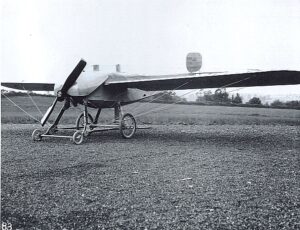
Bristol Coanda Monoplane
The Bristol Coanda Monoplane was a series of monoplane trainer aircraft designed for the British company British and Colonial Aeroplane Company.
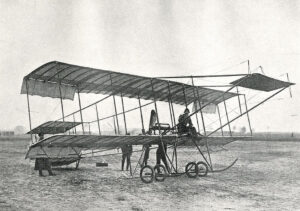
Bristol Boxkite
The Bristol Boxkite was a pusher biplane and one of the first aircraft types to be built in quantity; mostly for training.
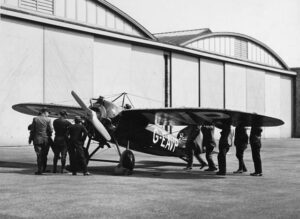
Bristol M.1
The Bristol M.1 was a British monoplane fighter used during the Great War (WW1). Despite its promise, only 130 Bristol M.1s were constructed.
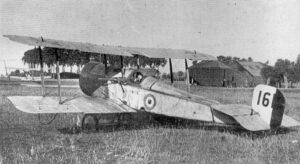
Bristol Scout
The Bristol Scout was a single-seat biplane originally designed as a racing aircraft and later used as a fast reconnaissance plane.
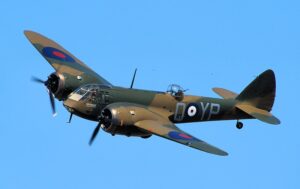
Bristol Blenheim
The Bristol Blenheim was a British light bomber aircraft used extensively in the first two years of the Second World War.


